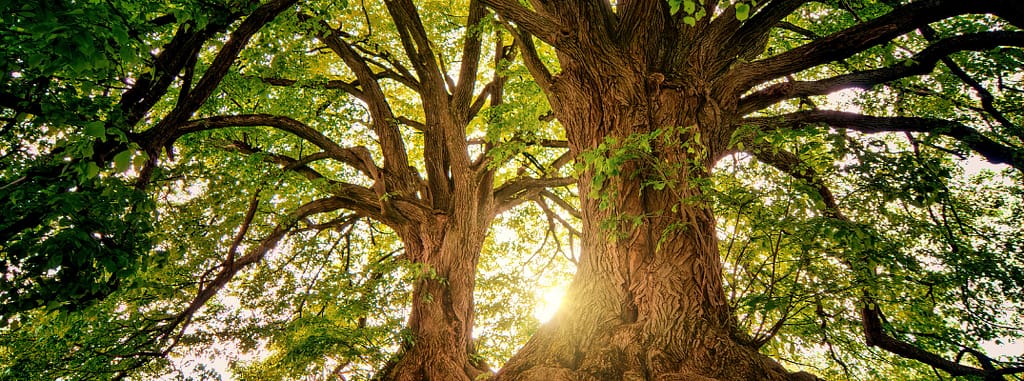Original post on Fast Company
In Myanmar, one startup is using drones to quickly replant a massive mangrove forest. In Cameroon, another startup is using an invention called a “cocoon”–a biodegradable paper donut–to help thousands of seedlings survive near refugee camps. In the U.S., a third startup is replanting abandoned farmland with pongamia, a type of tree that needs little irrigation and produces oil that can be used in biofuel and food.
The companies are part of an emerging “restoration economy” focused on reforestation and otherwise restoring degraded land. In a new report, The Business of Planting Trees, the nonprofits World Resources Institute and the Nature Conservancy examine the industry and argue that it’s a field more investors should consider putting money into.
“Technology is bringing down the cost of tree planting,” says Sofia Faruqi, who manages the New Restoration Economy program at World Resources Institute. “We’re also seeing consumers take a greater interest in the environment, in particular in restoration and conservation. We’re seeing great political momentum with large government commitments being made in the last couple of years, and we’re also seeing business model innovation continuing at full speed. The confluence of these factors was not there even two or three years ago in the same way that it is now.”
Around the world, driven in part by the Paris Agreement on climate change, governments have made commitments to restore an area of degraded land larger than South Africa. Restoration and conservation can deliver at least a third of the emission reductions needed by 2030 to keep the global temperature on track to stay below a two-degree rise; restoration also has multiple other benefits, including protecting wildlife habitat and sources of drinking water. Government-sponsored restoration will happen in partnership with businesses, many of which are startups.
The 14 companies examined in the report take a variety of approaches. Some, like Biocarbon Engineering, the startup using drones for tree planting, are focused on developing new technology. Others, like the yerba mate company Guayaki, plant trees as part of their consumer brands (shade-grown yerba mate, like shade-grown coffee, is better than yerba mate grown in the sun). Another group of companies focus on managing restoration projects, like Fresh Coast Capital, a startup that works on vacant land in Rust Belt cities adding green infrastructure–like rain gardens, bioswales, and “stormwater forests”–that can help reduce flooding. A final group of companies plants trees for commercial forestry, but on degraded land.
Traditional forestry companies are also becoming more interested in the space. “They realize that business as usual is no longer working, and are taking steps to incorporate restoration into their supply chain,” Faruqi says.
“Often it’s hard for these companies to explain to investors what they are doing in cases where it’s a relatively new idea, and it may also be that they’re in countries where capital markets are small and inefficient,” says Faruqi. Startups often also need better access to markets. Last, she says, policy often needs to change–right now, the incentives to degrade (through subsidies for agriculture in the rainforest, for example) are often greater than the incentives to restore.

